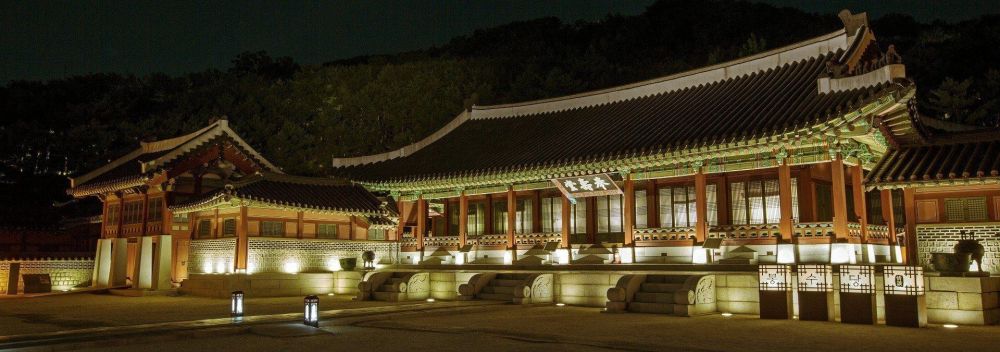

The Hwaseong Haenggung Palace was the royal residence of King Jeongjo of the Joseon dynasty, who used it for his stay during his trips to his father's tomb near Suwon. The cuisine during the Joseon era, particularly royal cuisine, was known for its elaborate methods and a wide variety of ingredients. Traditional Korean culinary practices emphasize harmony of flavors and a balance between food and medicinal properties. Suwon, where the palace is located, is famed for its Suwon galbi, though as requested, we will not highlight beef dishes. Royal court cuisine would have included a variety of dishes, many of which are still enjoyed in Korea today.
Address: 168 Changnyong-daero, Paldal-gu, Suwon, Gyeonggi-do, South Korea
Famous Food: Chuncheon-style Dakgalbi (Non-Veg) - Spicy stir-fried chicken with vegetables and rice cakes.
Address: 90 Jeongjo-ro, Paldal-gu, Suwon, Gyeonggi-do, South Korea
Famous Food: Sundubu-jjigae (Non-Veg) - Soft tofu stew with a variety of additional ingredients like seafood or meat.
Address: 251 Hyowon-ro, Paldal-gu, Suwon, Gyeonggi-do, South Korea
Famous Food: Kalguksu (Veg/Non-Veg) - Handmade, knife-cut wheat flour noodles in a large bowl with broth and other ingredients.
Address: 54 Gukgajeongwon-daero, Paldal-gu, Suwon, Gyeonggi-do, South Korea
Famous Food: Dakhanmari (Non-Veg) - A simple chicken stew with a flavorful broth, usually accompanied by dipping sauces.
Address: 50 Hwaseomun-ro, Paldal-gu, Suwon, Gyeonggi-do, South Korea
Famous Food: Maeuntang (Non-Veg) - Spicy fish stew with vegetables, known for its hot and savory flavor.